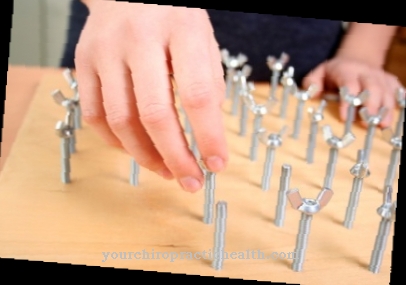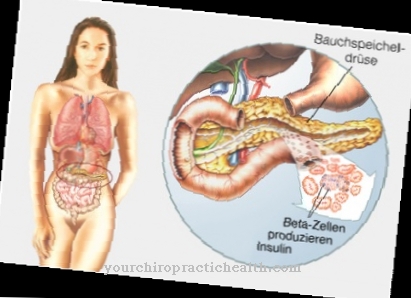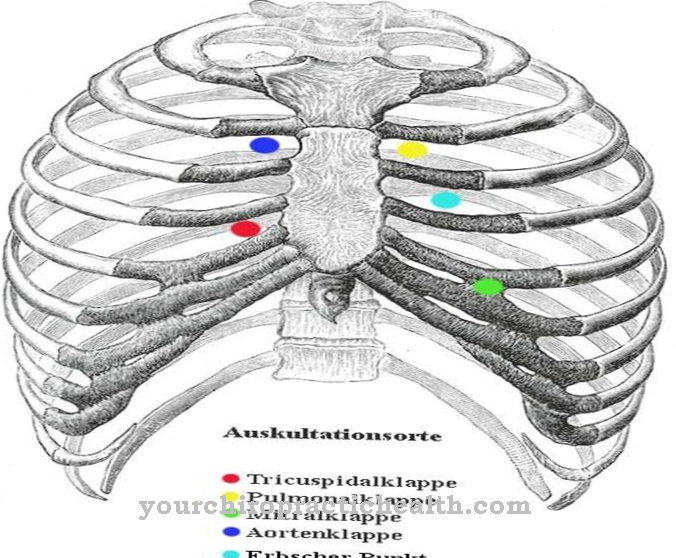A Stye, medical Hordeolum, usually takes a harmless course, but is felt to be painful and uncomfortable. What are the underlying causes of this glandular infection in the eye and which forms of treatment are effective?
What is a stye?
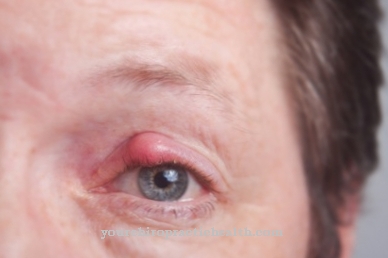
A stye, also known as a hordeolum, is an acute inflammation of the glands of the eyelid caused by bacteria, which causes a small thickening to develop.
If the meibomian glands (sebum glands) located on the inside of the eyelid become inflamed, an internal stye (hordeolum internum) is present. If, on the other hand, the minor glands (sweat glands) or the Zeis glands (sebum glands) on the outside of the eyelid are affected, one speaks of an external stye (hordeolum externum).
While the inner stye, as the name suggests, is located on the inside of the eyelid, the outer stye occurs either in the area of the eyelashes or on the edge of the eyelid.
causes
Both the inner and the outer stye are caused by bacteria, in particular by staphylococci such as the skin germ Staphylococcus aureus.
Streptococcal infection, on the other hand, is far less common. In general, a weakened immune system increases the risk of bacterial infection.
Poor hygiene, such as rubbing the eyes with dirty hands, can also be the cause of the appearance of a stye.
If a stye appears repeatedly or at the same time in different places on the eye, it is advisable to have diabetes mellitus clarified by a doctor.
You can find your medication here
➔ Medicines for eye infectionsSymptoms, ailments & signs
The symptoms of a stye sometimes depend on its exact location. It is an acute inflammation of the eyelid. Basically, a stye is easy to spot on the eye. The affected eyelid is red, tender and visibly swollen. Those affected have severe pain, which they can significantly reduce in everyday life.
The stye fills with pus after a while. This is often associated with a strong feeling of tension. The pus can drain when the stye opens inward or outward by itself. Depending on the exact location of the affected eyelid glands, the stye causes different symptoms.
With an internal stye (hordeolum internum), the inflammation is on the inside of the eyelid. The stye is sometimes barely noticeable. This can also lead to conjunctivitis. The external stye (hordeolum externum) is usually clearly visible.
The affected eyelid glands are located on the outer edge of the eyelid, often on the edge of the eyelid or on the eyelashes. Normally the symptoms of the stye are limited to the eye itself. In rare cases, there is also a general feeling of illness, swelling of the lymph nodes or fever.
Diagnosis & course
As a rule, a stye can be identified by visual diagnosis. If it is an internal stye, so-called ectropioning, i.e. folding the eyelid outwards, may be necessary in order to be able to recognize the inflammation.
In the case of a stye, local reddening over time is followed by painful swelling of the affected area to a small, pus-filled thickening.
The meibomian glands located on the inside of the eyelid are larger than the glands on the outside, so that the inflammation is usually more pronounced in an internal stye compared to the external hordeolum. Due to the strong swelling of the lid, the eyeball itself is often no longer visible.
Symptoms such as fever, headache, swollen lymph nodes, or a general feeling of illness rarely occur with a stye. If this is available, however, a doctor should be consulted immediately.
As a rare complication of stye, the infection can spread and lead to orbital phlegmon (inflammation of the eye socket) or an extensive eyelid abscess.
Complications
A stye is an inflammation of the conjunctiva that can cause various complications. Under no circumstances should these be taken lightly, as they can cause serious consequential damage. For this reason, the general rule is: Anyone who suffers from stye should definitely consult a doctor.
Consequential damage can only be avoided with the help of appropriate treatment. It is not uncommon for pus to form and severe pain during the night. The eye will also become very red and, especially in the morning hours, will be extremely sticky due to the pus fluid.
Such an inflammation may develop into an abscess in the eye. If left untreated, such an abscess will greatly enlarge and build up internal pressure. This internal pressure arises because the accumulation of pus cannot drain properly. If the bacteria in it get into the bloodstream, blood poisoning can even result.
When should you go to the doctor?
If you have a small stye that does not cause any further impairment, you do not necessarily need to see a doctor. As soon as it is possible to stop the itching and keep calm, a visit to the doctor can be dispensed with. A doctor should be consulted as soon as a stye develops for the first time. In the case of children in particular, it is advisable to see a doctor as soon as possible, as they are often overwhelmed with the situation.
If the stye grows suddenly over several days, action is required. If you experience impaired vision, headaches or general malaise, it is necessary to consult a doctor. If the itching causes open wounds or fluid leaks from the affected area, a doctor is needed. If the affected person uses visual aids, problems can arise which should be examined by a doctor. If you feel sick, have other skin changes, pain or have a fever, a doctor's visit is required.
If the stye does not slowly regress within a week, you should see a doctor for a check-up. If the visual flaw leads to psychological abnormalities, help should be sought. It is advisable to contact a doctor or therapist in the case of strong whiny behavior, depressive moods or melancholy.
Doctors & therapists in your area
Treatment & Therapy
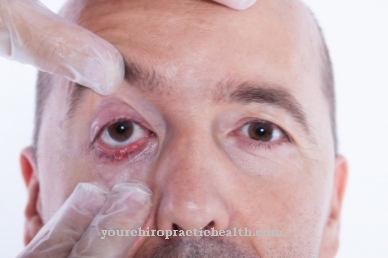
Usually a Stye harmless: it breaks open after a few days and releases the pus so that the inflammation can heal on its own. This process can be accelerated by dry heat, for example by irradiation with a red light lamp. Antibiotic and antiseptic eye drops or ointments from your doctor can also be helpful.
Moist heat, for example in the form of compresses with chamomile, is not advisable due to the risk of the pathogens spreading. You should also avoid wearing contact lenses with a stye. If the stye does not burst open by itself and the pressure pain increases, it is advisable to have it opened by an ophthalmologist under local anesthesia.
Under no circumstances should the stye itself be squeezed out with your hands or an object.
The so-called hailstone (chalazion), which externally resembles the stye, but is painless, has to be differentiated from the differential diagnosis. As with the inner stye, the meibomian glands on the inside of the eyelid are also inflamed in hailstones. However, this is a chronic and not an acute inflammation as with stye.
Outlook & forecast
The prognosis of a stye is favorable. Normally, it heals independently within a few days. After one to two weeks you will be free of symptoms. Medical care is not always necessary. In many patients, the infection heals naturally. A few days after the onset of the disease, the affected area opens and the fluid inside drains away.
If the eye rubbing or the stye is in a very unfavorable position, complications can arise. Very rarely, conjunctivitis or swelling of the conjunctiva develops. This worsens the good prognosis and there is a delay in the healing process.
There is a risk that the inflammation could spread to the eye socket. Therefore, if complications arise, medical treatment must be initiated as soon as possible. In particular, patients with a diagnosed immune deficiency should accept the help and support of a doctor. Otherwise, there will be a deterioration in their health.
In the course of life, a stye can develop again at any time. If the infection is repeated, the prognosis remains positive. Since the risk of infection is very high, sick people must exercise particular caution. Basically, a stye should never be squeezed out. This worsens the favorable prognosis and leads to the spread of inflammation.
You can find your medication here
➔ Medicines for eye infectionsprevention
Children are more likely to be affected by stye than adults. In order not to transfer the pathogen with the hands from the infected to the healthy eye, it is important to ensure that you wash your hands regularly. Overall, as a preventive measure, it is advisable not to share towels and other hygiene items with other family members.
Since a weak immune system increases the likelihood of stye, physical activity and a healthy, balanced diet are recommended as preventive measures.
Aftercare
A stye is a bacterial infection that naturally requires appropriate follow-up care. In general, the chances of a complete healing are very good, provided that appropriate hygiene measures are taken. A quick and complete recovery can only be expected if the affected eye is kept clean and pure.
Follow-up care can accelerate and promote the entire healing process. However, such follow-up care is not absolutely necessary for a stye, so that complete healing is possible even without subsequent follow-up appointments. Corresponding follow-up care is not absolutely necessary, as a stye usually heals after a few days.
After healing has taken place, no further treatment is necessary, so that further treatment by a doctor is not necessary. Follow-up care is different if complications arise during the healing process. In such a case, a doctor should be consulted so that further complications and complaints can be avoided.
Great importance should also be attached to the subsequent aftercare in order to avoid further complications or permanent damage. The eye is a sensitive and at the same time one of the most important organs, so the correct treatment is of great importance.
You can do that yourself
A stye usually heals on its own. Warmth, for example from red light or a cherry stone pillow, can accelerate this process. First, however, the region around the hordeolum should be spared and, if possible, not touched with the fingers. Very important: never open the knot yourself. Direct contact can worsen the infection and delay recovery. It is also important to avoid damp heat in compresses, as this can lead to the spread of bacteria.
Fenugreek seeds, on the other hand, are best applied to a linen cloth and are beneficial for healing. Likewise eyebright or apple cider vinegar, both also for external use on the affected eyelid. If itching or pain, it helps to dab the inflamed eyelid with lukewarm fennel or chamomile tea.
Since a stye indicates a weakened immune system, vitamin supplements can be taken at the same time. In the long term, a healthy lifestyle with a balanced diet and regular exercise is recommended. You should also drink enough fluids - ideally two to three liters of water a day. Contact lens wearers should use a new lens to be on the safe side or have the object cleaned by an ophthalmologist to prevent re-inflammation.

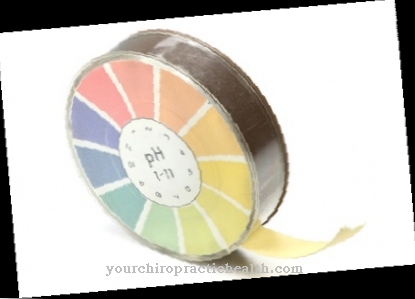

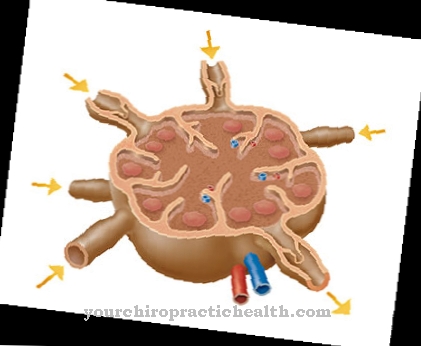
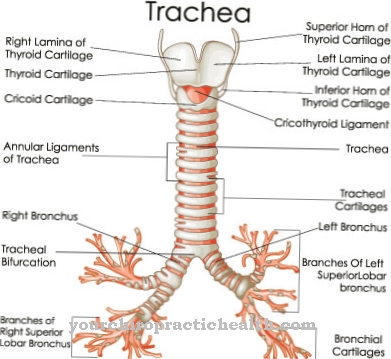
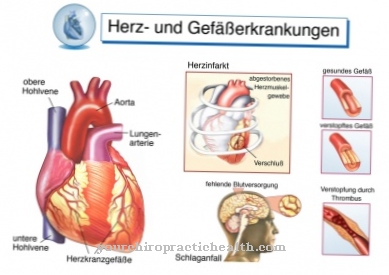


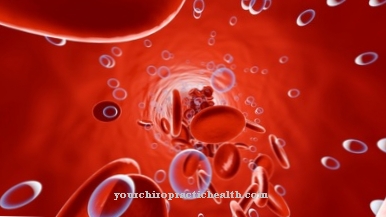

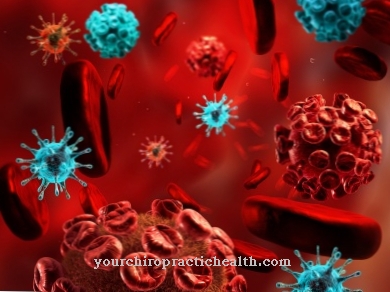
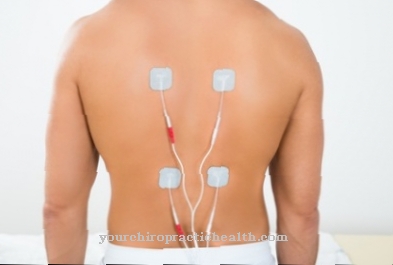
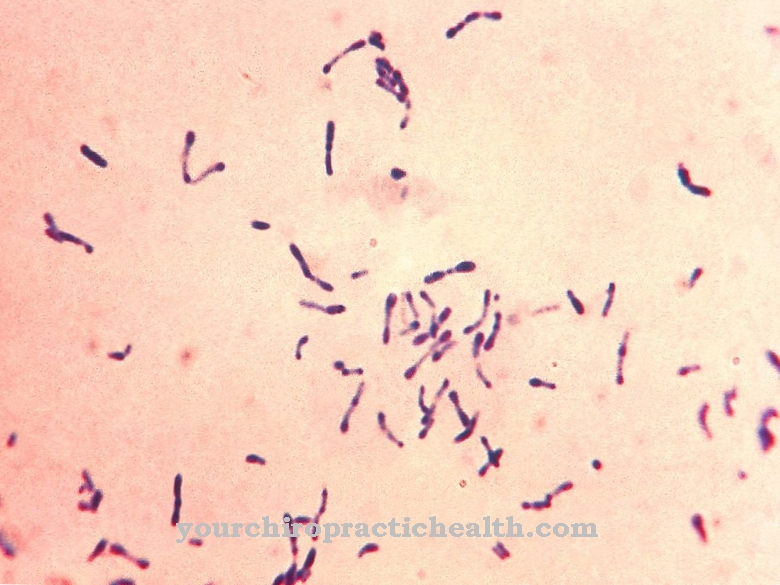
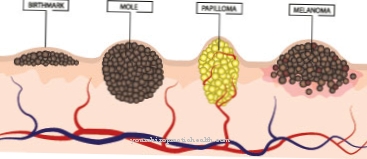

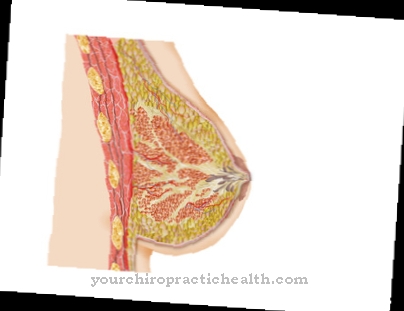
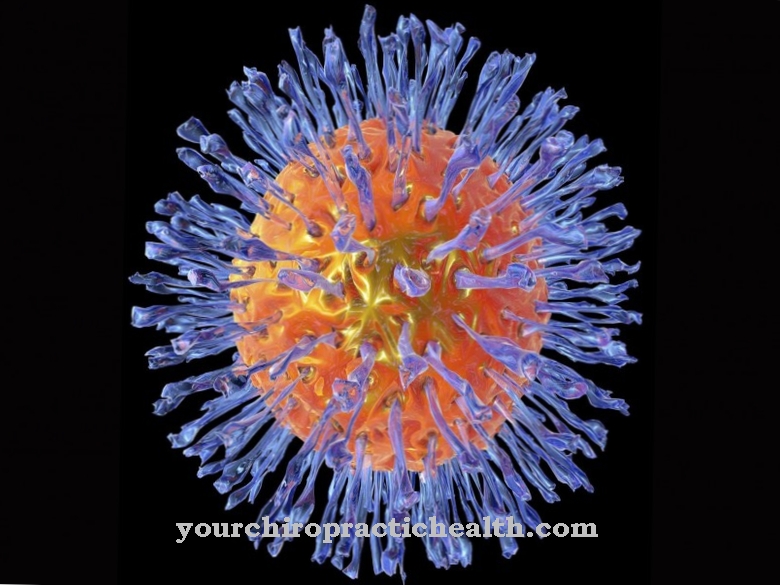
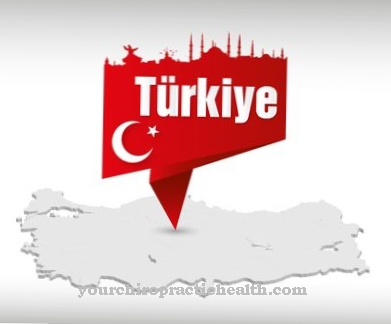


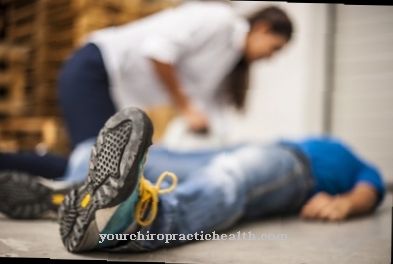
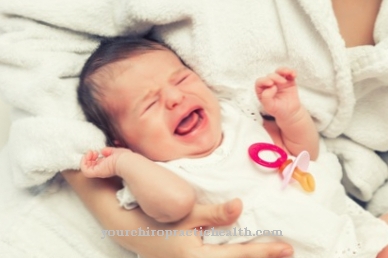

.jpg)
.jpg)
